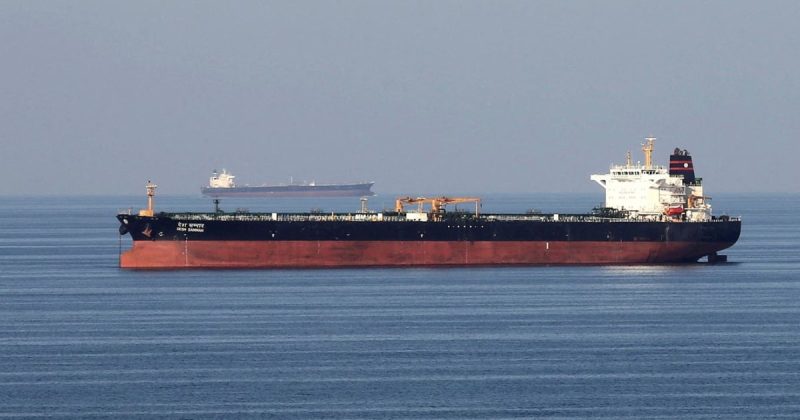
Following recent U.S. strikes on Iranian nuclear facilities, global markets are holding their breath, awaiting Iran’s response. Monday morning saw only a marginal increase in U.S. benchmark oil prices, a mere 0.2% gain pushing West Texas Intermediate crude futures to just under $74 a barrel. This muted reaction contrasts sharply with Sunday evening’s initial 4% spike upon the opening of commodities futures trading, indicating a shift towards cautious observation among investors.
This current price, while the highest since late January, remains slightly below the average for 2023. Translating this to gasoline prices, we might see around $3.30 per gallon, assuming oil prices remain stable – a significant assumption given the current geopolitical uncertainty.
Analysts on Wall Street point to President Trump’s actions as a major source of market instability, adding to the already volatile situation created by his fluctuating tariff policies. The uncertainty surrounding Iran’s potential retaliation is a significant factor influencing oil prices, with UBS analysts noting a wide range of possible outcomes in the coming weeks.
The analysts suggest that a muted Iranian response could even lead to a price decrease. However, the increased risk of disruptions to Middle Eastern energy infrastructure, a direct consequence of the U.S. strikes, presents a countervailing factor that could cause a short-term surge in prices if such disruptions occur.
President Trump himself took to social media, urging for oil prices to remain low, adding another layer of unpredictability to the situation. The potential closure of the Strait of Hormuz, a crucial transit point for roughly one-fifth of the world’s oil supply, is a major concern. While Iranian parliament reportedly backed a closure, the final decision rests with the national security council, and no such order has yet been issued.
UBS assesses the probability of a Hormuz Strait disruption as low at this time. An initial report of six tankers leaving the strait was later updated to show three reversing course, highlighting the dynamic and rapidly changing nature of the situation. The analysts point out that a closure would negatively impact Iran’s own exports, as well as those of other nations like Qatar and China, making such a move potentially disadvantageous for Iran.
ING financial group analysts have outlined four potential responses from Iran: full-scale escalation involving other countries, disruption of the Strait of Hormuz, support for terrorist attacks, or inaction. They conclude that the most probable economic impact will be increased overall uncertainty and fluctuating oil prices.
The situation remains fluid, and the coming days will be critical in determining the ultimate impact of the U.S. strikes on global oil markets and the broader economy. The world watches and waits for Iran’s next move.









